Introduction
The field of dentistry has experienced remarkable advancements in diagnostic technologies, with digital X-rays emerging as one of the most significant innovations in recent years. Traditional dental X-rays have long been used to help diagnose cavities, identify infections, and assess the overall health of teeth and gums. However, the transition to digital X-rays has revolutionized this process by offering enhanced precision, quicker results, and a lower level of radiation exposure. In this article, we will explore how digital X-rays improve cavity diagnosis, why they provide more accurate results, and how they contribute to preventative care in modern dentistry.
Advantages of Digital X-rays Over Traditional Methods
Before delving into the specifics of how digital X-rays improve the accuracy of cavity diagnosis, it is important to understand the benefits they offer compared to traditional X-ray methods.
1. Reduced Radiation Exposure
One of the most notable advantages of digital X-rays is the significant reduction in radiation exposure when compared to traditional X-rays. Traditional X-ray films require higher doses of radiation to produce a clear image of the teeth and surrounding structures. In contrast, digital X-ray systems require much lower levels of radiation to produce a high-quality image. This reduced radiation is particularly important for patients who require frequent X-rays, such as those with ongoing dental conditions or children who may need dental care at a young age.
2. Instant Results and Image Enhancement
Digital X-rays provide near-instantaneous results. In traditional X-ray methods, the film needs to be developed in a darkroom, which can take several minutes. With digital X-rays, images are captured digitally and can be displayed on a monitor in seconds. This enables both the patient and the dentist to view the image almost immediately, facilitating faster diagnosis and treatment planning.
Moreover, digital X-rays allow for image enhancement. The software used in digital radiography enables dentists to adjust the contrast, zoom in on specific areas, and analyze the image in greater detail. This ability to manipulate the image can help in detecting even the smallest of cavities that might otherwise go unnoticed in a traditional X-ray. By enhancing the image, dentists can better evaluate the health of the teeth, gums, and surrounding bone structures, leading to a more thorough and accurate diagnosis.
3. Improved Image Quality
Digital X-rays offer a superior level of image quality compared to traditional X-ray films. The digital sensors used in these systems capture more detailed images and produce clearer, sharper results. This improved resolution enables dentists to identify cavities at earlier stages of development. Cavities that are still small and may not have been visible with traditional X-ray methods can be detected, allowing for early intervention and treatment. Early detection is crucial because it helps to prevent cavities from progressing to more severe stages, which can require more invasive and costly treatments.
4. Ease of Storage and Sharing
With digital X-rays, the images are stored in digital format and can be easily accessed, shared, and archived. This means that patients’ X-ray images can be securely stored in electronic health records (EHR) systems, making them accessible to both the dentist and other healthcare professionals if needed. The ease of sharing images with specialists or insurance providers also improves the efficiency of the overall treatment process. In contrast, traditional X-rays require physical storage, which can take up space and lead to complications when trying to locate and retrieve older images.
5. Eco-friendly
Traditional X-rays involve the use of chemical processing for developing films, which generates waste and requires chemicals that can be harmful to the environment. Digital X-rays, on the other hand, do not require such chemicals, making them a more environmentally friendly option. This reduction in waste and chemical use is a significant advantage for eco-conscious dental practices.

How Digital Imaging Enhances Early Cavity Detection
The real benefit of digital X-rays in cavity diagnosis lies in their ability to detect cavities at an earlier stage. Early detection of cavities can have a profound impact on the treatment process, preventing tooth decay from progressing to a point where it may require more invasive procedures, such as root canals or tooth extractions. Digital imaging plays a pivotal role in achieving this.
1. Detecting Cavities in Their Early Stages
Cavities often begin as small, almost imperceptible lesions on the enamel, the outermost layer of the tooth. These early-stage cavities may not cause pain or visible symptoms, which is why they can go unnoticed by patients. Traditional X-rays sometimes struggle to detect such small cavities, particularly those that are located between the teeth or below the gumline. However, the high resolution and enhanced image quality of digital X-rays make it easier for dentists to spot these early signs of decay. The enhanced ability to zoom in on specific areas and adjust the contrast allows for a more precise diagnosis.
2. Increased Sensitivity for Detecting Hidden Cavities
Cavities that form between teeth or along the gumline can be difficult to detect with the naked eye or even with traditional X-rays. Digital imaging helps overcome this challenge by offering a more detailed and comprehensive view of the tooth’s surfaces, including areas that might otherwise be missed. In particular, digital X-rays are effective in detecting interproximal cavities, or cavities that form between the teeth, which are often harder to catch during a regular examination.
3. Early Detection of Root Decay
Root decay is a type of cavity that occurs beneath the gumline, affecting the roots of teeth. This form of decay is particularly dangerous because it is often undetectable until it reaches an advanced stage. Digital X-rays allow dentists to visualize the roots of teeth in great detail, making it possible to detect root decay early on. The ability to detect this type of decay can help prevent further complications, such as infection, abscesses, or the need for tooth extraction.
4. Better Monitoring of Existing Cavities
For patients who have already undergone treatment for cavities, digital X-rays provide an excellent way to monitor the progress of healing. These X-rays allow the dentist to track any changes in the size or location of cavities over time, ensuring that the treatment plan is working as expected. Additionally, digital X-rays can help detect any new cavities that may develop, providing an opportunity for prompt intervention.
The Role of Digital X-rays in Preventative Care
Preventative care is a cornerstone of modern dentistry, and digital X-rays play a vital role in this approach. By identifying potential problems early and enabling more effective treatment, digital X-rays contribute to maintaining good oral health and preventing more serious dental issues down the line.
1. Regular Check-ups and Early Intervention
Regular dental check-ups that include digital X-rays are crucial for maintaining long-term oral health. Digital X-rays help detect problems early, which makes it possible for dentists to intervene before the situation worsens. Early cavity detection allows for conservative treatments such as dental fillings, which are often less invasive and more affordable than the alternatives that may be needed for advanced decay, such as crowns or root canals.
2. Tailored Preventative Treatments
With the detailed information provided by digital X-rays, dentists are able to create tailored treatment plans for each patient. For example, if a dentist notices early signs of cavities, they can recommend specific preventative measures, such as fluoride treatments or changes to the patient’s oral hygiene routine. In some cases, digital X-rays can also help detect other conditions, such as gum disease or bone loss, that may require additional preventative care.
3. Patient Education
Digital X-rays also provide a valuable tool for educating patients about their oral health. With digital imaging, dentists can show patients the exact areas of concern on a computer screen, making it easier for them to understand the issues. This visual aid can encourage patients to take a more active role in their oral care, as they are able to see firsthand how their behaviors or neglect might contribute to tooth decay and other dental problems.
Conclusion
Digital X-rays have undoubtedly improved the accuracy of diagnosing cavities, enabling earlier detection, reducing radiation exposure, and enhancing image quality. As a result, dentists can diagnose cavities more accurately and intervene at an earlier stage, preventing the need for more invasive treatments down the road. By enhancing preventative care, digital X-rays help improve overall oral health, providing patients with the best possible outcomes. The role of digital imaging in dentistry has revolutionized the way dental professionals approach cavity detection and treatment, making it an essential tool in modern oral healthcare.








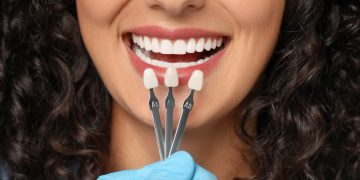
















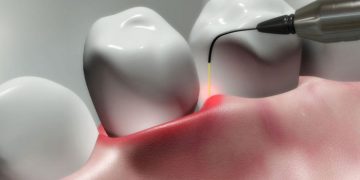


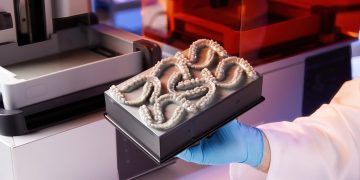

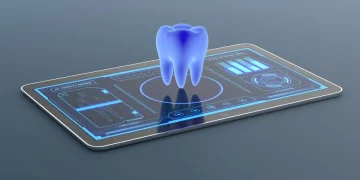
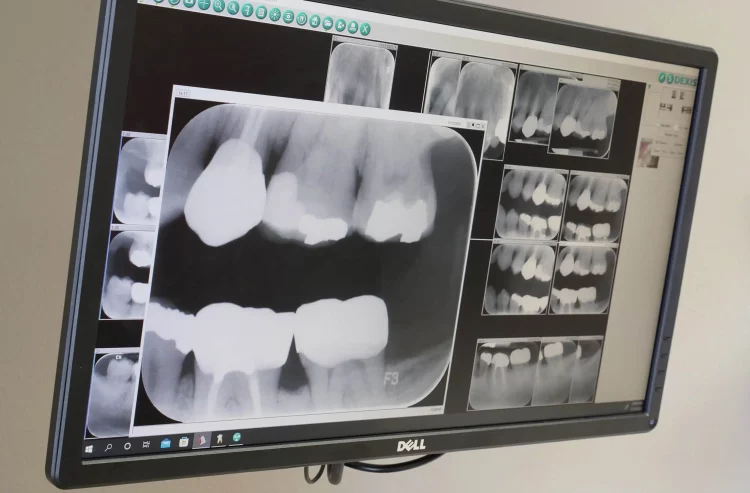













Discussion about this post